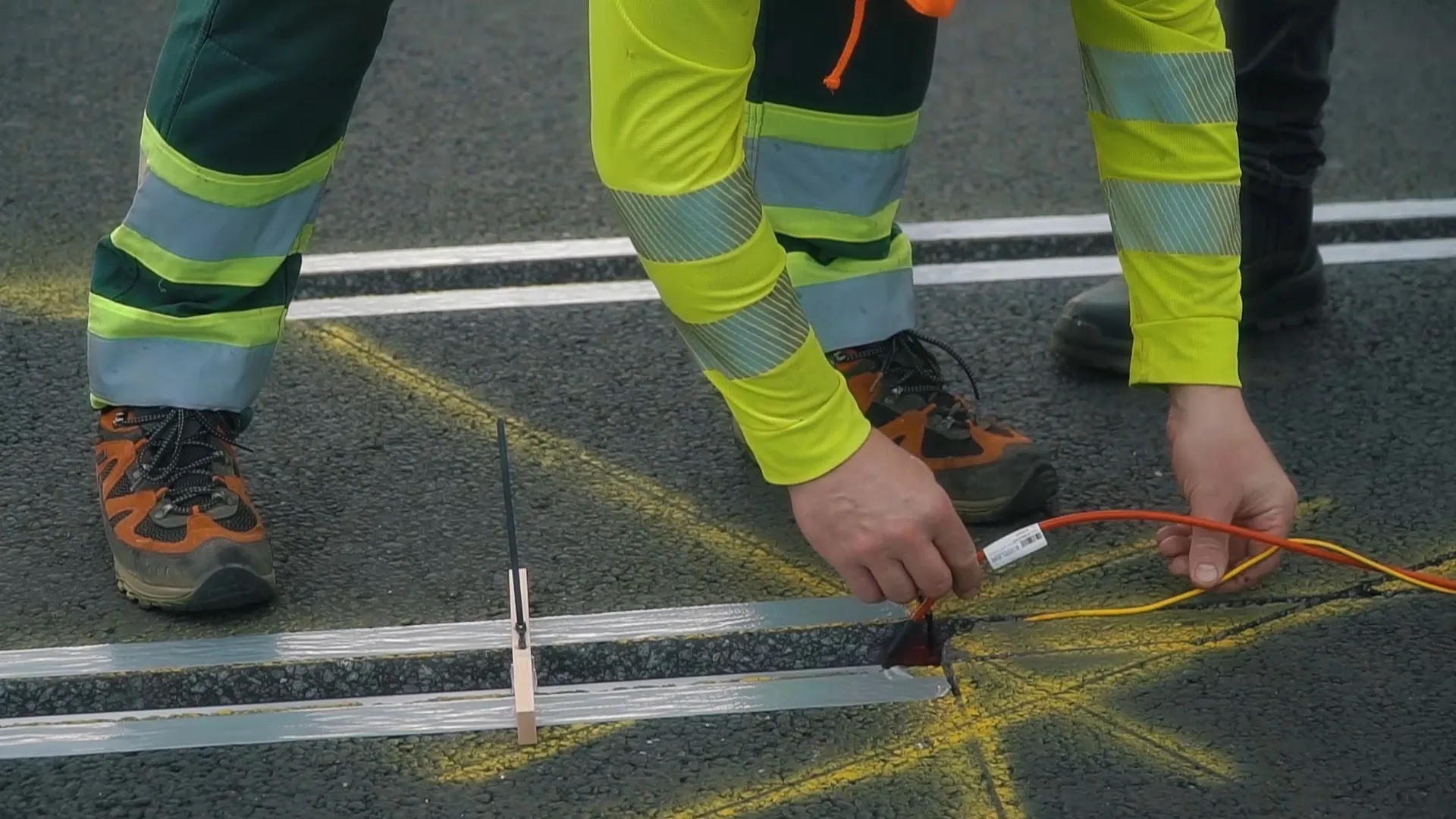Preparations for hosting the major sporting event, the Euro 2012 European football championship, enabled Ukraine and Poland to give their infrastructure the biggest facelift in the region and beyond. While three-quarters of Poland's expenditure was covered by EU funds, Ukraine financed the building of roads, hotels, and airports itself. Ukraine, however, did receive a EUR 2.2 billion loan from the European Bank for Reconstruction and Development (EBRD). "The infrastructure sector will definitely remain one
November 13, 2012
Read time: 2 mins
Preparations for hosting the major sporting event, the Euro 2012 European football championship, enabled Ukraine and Poland to give their infrastructure the biggest facelift in the region and beyond. While three-quarters of Poland's expenditure was covered by EU funds, Ukraine financed the building of roads, hotels, and airports itself.
Ukraine, however, did receive a EUR 2.2 billion loan from the2001 European Bank for Reconstruction and Development (EBRD). "The infrastructure sector will definitely remain one of our top priorities in the coming years. We should be ready to invest around 30 to 50 percent of our annual business volume in infrastructure projects," says Anton Usov, the EBRD's spokesman for Ukraine.
"We built five brand new airports in eighteen months," comments Borys Kolesnikov, Ukraine's deputy prime minister in charge of infrastructure. The country repaved 3,455 kilometres of roads, spending US$5 billion of government money. Moreover, Ukraine ordered high-speed modern trains from1684 Hyundai, South Korea, which connected all host cities and cut the travelling time by approximately 25 percent.
Construction of the roads connecting Kyiv with Poland and other EU countries is in its final stages. "The focus is now on building new roads connecting to eastern cities and Russia," commented Ukraine's Kolesnikov. In Poland, the government is set to build about 3,000 kilometres of new highways, which would connect Warsaw with the German border, and the south of the country from Germany to Ukraine. The third artery will run all the way from Gdansk in Poland to the Czech border.
Ukraine, however, did receive a EUR 2.2 billion loan from the
"We built five brand new airports in eighteen months," comments Borys Kolesnikov, Ukraine's deputy prime minister in charge of infrastructure. The country repaved 3,455 kilometres of roads, spending US$5 billion of government money. Moreover, Ukraine ordered high-speed modern trains from
Construction of the roads connecting Kyiv with Poland and other EU countries is in its final stages. "The focus is now on building new roads connecting to eastern cities and Russia," commented Ukraine's Kolesnikov. In Poland, the government is set to build about 3,000 kilometres of new highways, which would connect Warsaw with the German border, and the south of the country from Germany to Ukraine. The third artery will run all the way from Gdansk in Poland to the Czech border.








